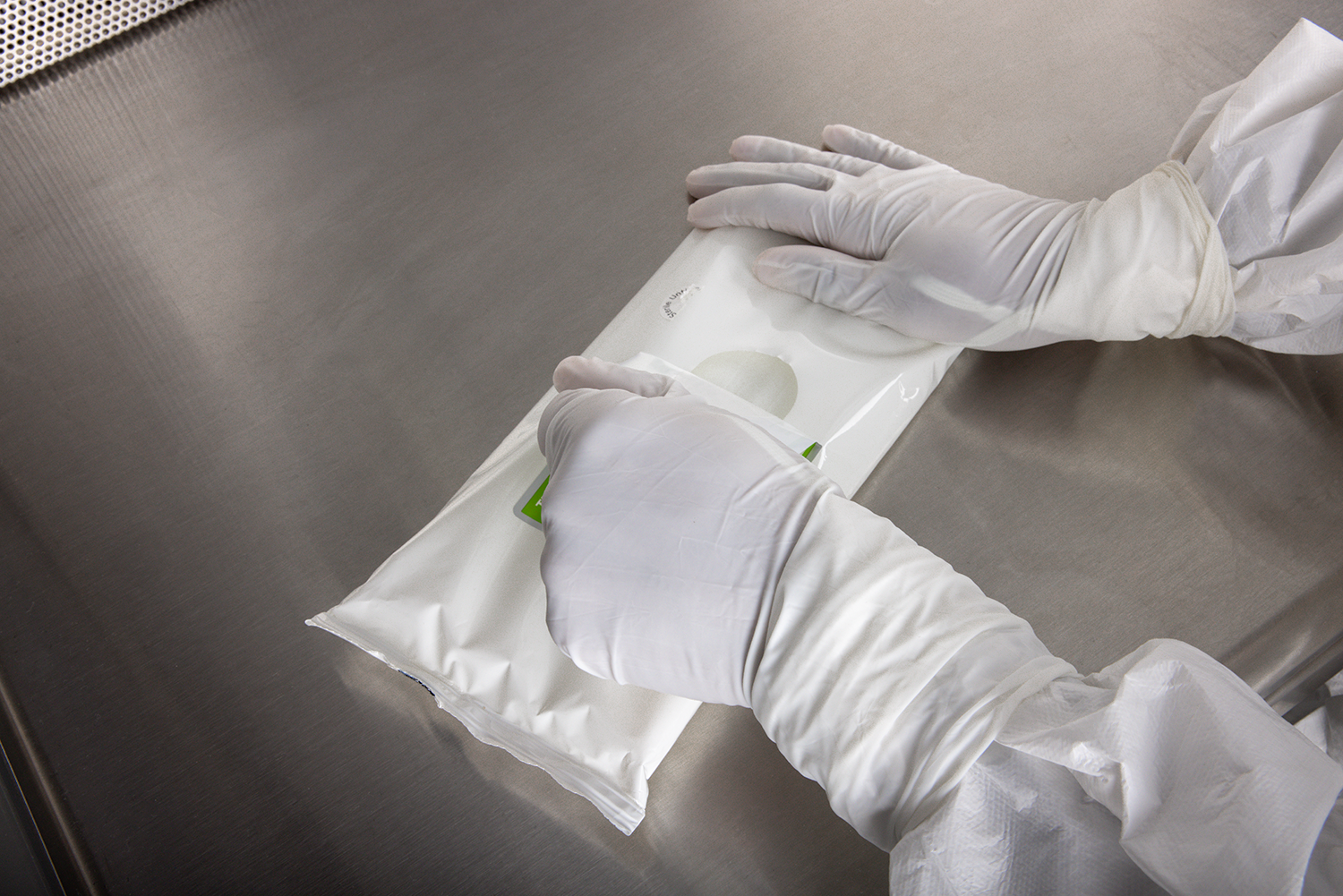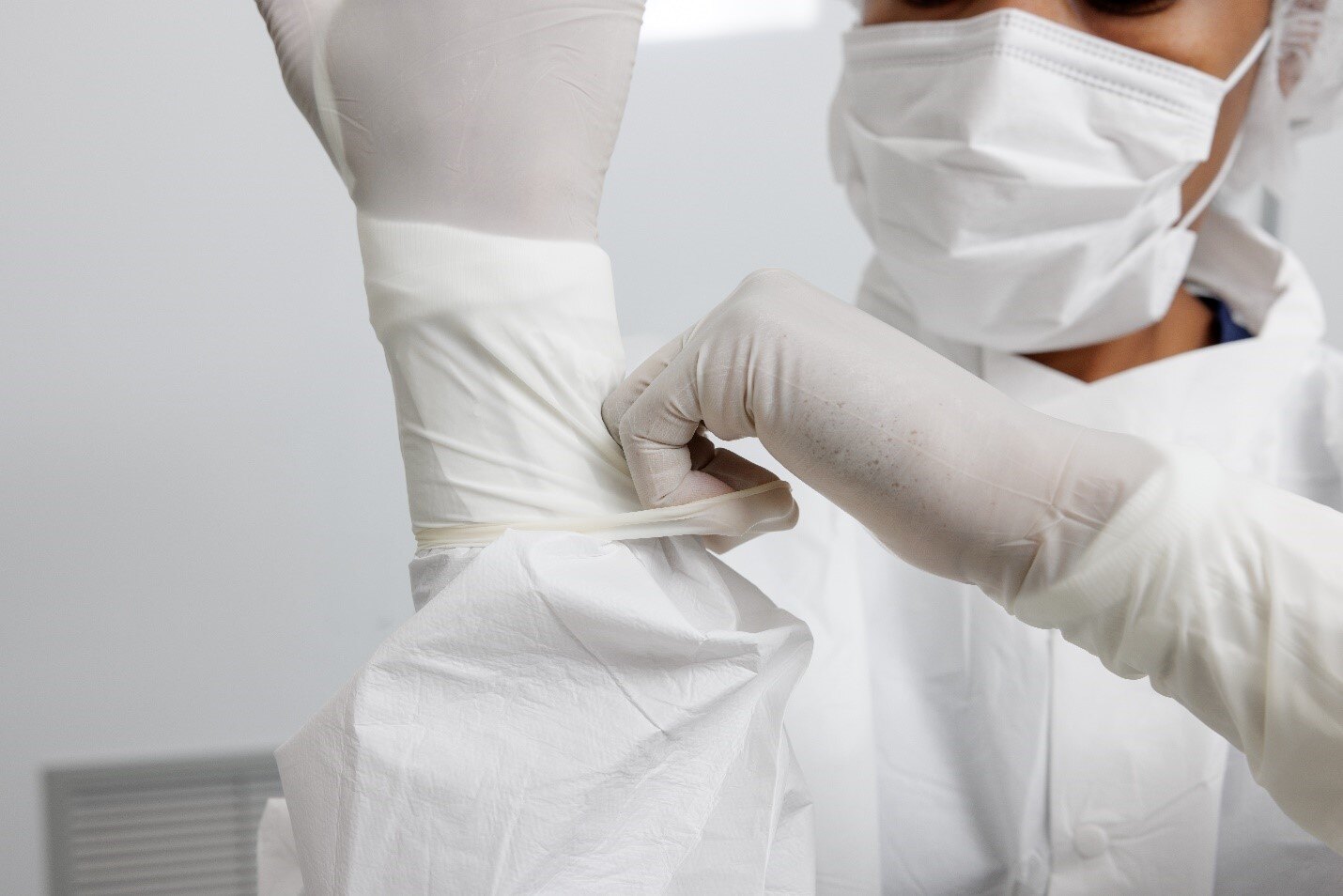Understanding Air Changes Per Hour (ACPH) in Cleanroom Environments
Air changes per hour (ACPH) is a critical metric for maintaining clean air in controlled environments. This measurement refers to the number of times the air in a room is exchanged with fresh air supplied through HEPA filters in one hour.
Managing Sterile Supplies in the PEC
 Increasing the number of ACPH reduces airborne particles, improving air quality and reducing contamination risks. However, many other variables affect the cleanliness of a controlled environment. Therefore, teams involved in cleanroom design must consider factors beyond the required minimum ACPH. Pharmacy operations staff should lead cleanroom design teams, gathering input from cleanroom manufacturers, architects, engineers, HVAC specialists, cleanroom certifiers, and others.
Increasing the number of ACPH reduces airborne particles, improving air quality and reducing contamination risks. However, many other variables affect the cleanliness of a controlled environment. Therefore, teams involved in cleanroom design must consider factors beyond the required minimum ACPH. Pharmacy operations staff should lead cleanroom design teams, gathering input from cleanroom manufacturers, architects, engineers, HVAC specialists, cleanroom certifiers, and others.
Though higher ACPH necessitates more powerful HVAC systems, more HEPA fan filter coverage, and increased operating costsi, the cost of managing microbial excursions can also be significant. Design teams must balance reducing operational costs and managing microbial risks.
Facility Design Requirements in USP <797>
The revised USP <797> includes additional information in section 4.2.4ii, air exchange requirements. It states that cleanroom suites require adequate HEPA-filtered airflow to the buffer rooms and anterooms to maintain the appropriate ISO classification during compounding activities, measured in terms of ACPH. The chapter requires a minimum of 30 and 20 HEPA-filtered ACPH for ISO Class 7 and 8 spaces, respectively. However, it also states that ACPH may need to be higher to maintain a microbial state of control, depending on:
- Number of personnel working in the area
- Number of particles generated from activities
- Types of equipment in the room
- Room pressure
Considerations for Pharmacy Operations
Depending on the organization, pharmacy operations personnel may have limited input on renovating existing or designing new sterile compounding spaces. Previous versions of the chapter did not specify the minimum ACPH in anterooms and did not list variables affecting decisions about supplying these rooms with higher than the minimum ACPH. The expert committee added this information to inform those making design decisions.
Pharmacy personnel understand that designing for the minimum ACPH may seem like a better short-term decision to reduce expenditure. However, under-sizing the HVAC system and resultant ACPH is a long-term issue that cannot easily be remediated. Supplying 60 ACPH is not unusual in anterooms where ungarbed persons enter and other particle-generating activities occur, depending on cleanroom suite design. Ensure that the team’s decision on HVAC size and resultant ACPH considers the following:
- Pressure of adjacent rooms
- Room design and finishes
- Number of persons working in the room
- Number of times room is entered by personnel
- Types of compounding activities occurring inside the room
- Levels of garbing in the room
- Location of pass-throughs
- Location and types of material handling processes
- Door types to anteroom and buffer room
- Location of sink
- Worker conduct and work practices
By carefully considering these factors, pharmacy operations teams can ensure cleanroom environments maintain optimal air quality and compliance with USP <797> standards, safeguarding both patient health and the integrity of compounded sterile preparations.
Visit our USP Chapter <797> web experience here.
For more information on achieving and maintaining proper ACPH in your facility, contact your local Contec Healthcare representative.
iProduction Automation Corporation. The Truth about Cleanroom Air Change Rates, Charts and Methods of Calculation. Accessed 7/22/24.
ii United States Pharmacopeia. <797> Pharmaceutical Compounding – Sterile Preparations. Official 01-May-2024.





.jpg)